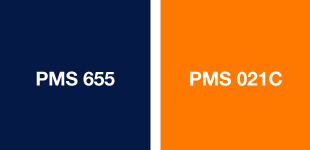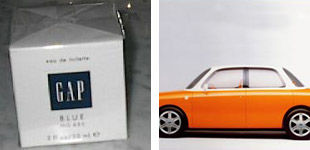Pantone Statement: 40 years of the perfect match
Question to Speak Up: Do you ever get a perfect match?
Pantone Statement: Pantone, the color authority that designers trust, offers the consumer the color education and confidence needed to use color in new ways by providing them with the same color and trend direction on which design professionals rely.
Question to Speak Up: Do design professionals rely on Pantone for color and trend direction?
Pantone Statement: Color is the essential ingredient in driving product sales at retail.
Question to Speak Up: $15 for a spiral notepad?
Bonus question: What do you think the Pantone brand stands for?










Yes. But I only use printers and shops I know & trust--after seeing their work.
Absolutely not. There are too many other influences to rely on a self-appointed "governing" body for direction.
Get real. Besides, I can't get it in quad-paper.
Pantone=color tools, nothing more.
On Mar.10.2004 at 08:46 AM